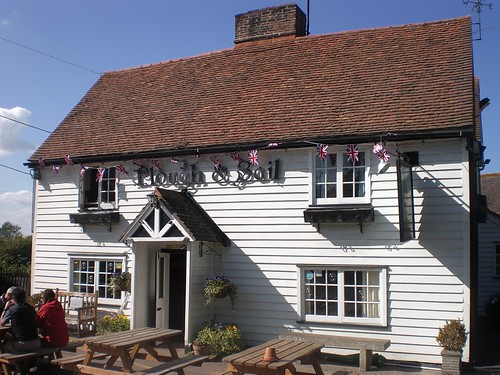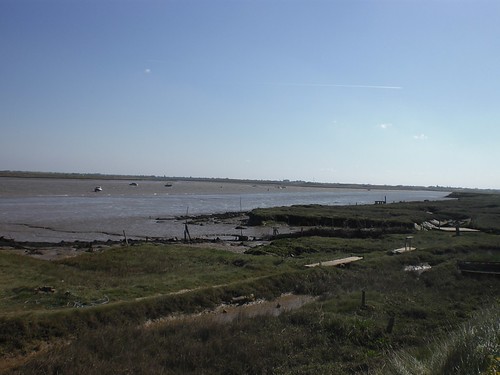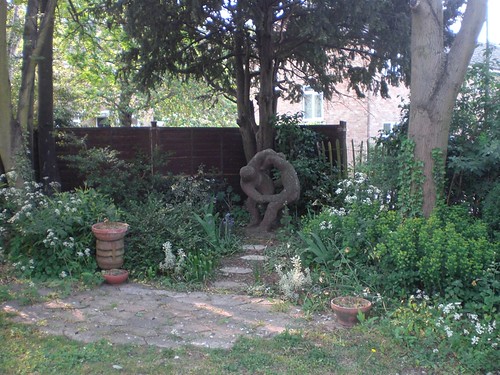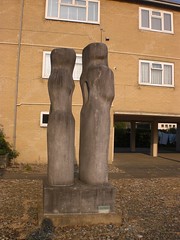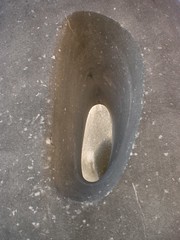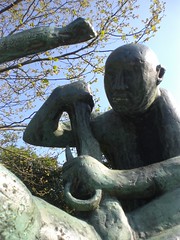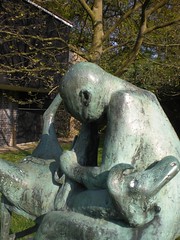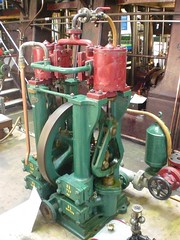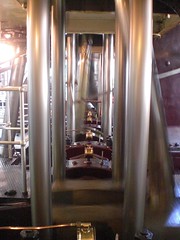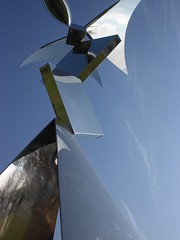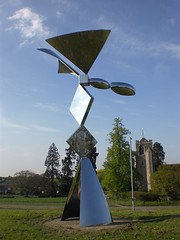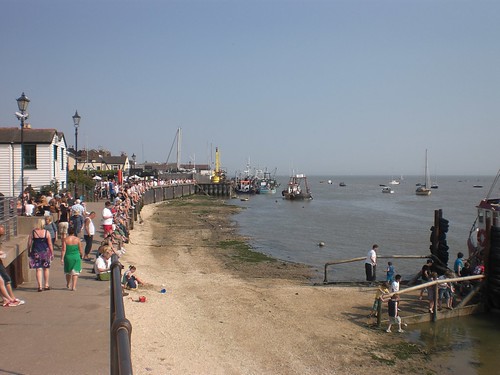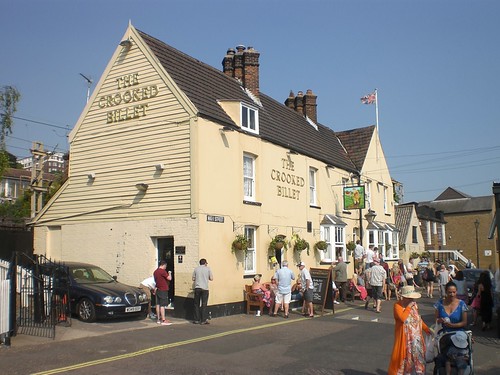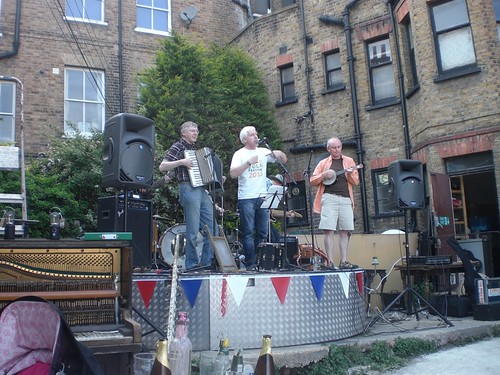 |
| HMS Beagle in Australia, from an 1841 Watercolour by Owen Stanley |
In a period after the Napoleonic wars, Britain's attentions turned to the expansion of their empire and the exploration of the already conquered territories. HMS Beagle went out as an exploration vessel, initially under the command of Commander Pringel Stokes for the first voyage of exploration then a Commander Robert Fitzroy for the second. Acknowledging the limitations of his information-gathering team, he determined to recruit a naturalist and scientist which brought him to meet Charles Darwin, the most famous man to have travelled on the HMS Beagle. It was on this voyage that Darwin made the observations that formed the basis of his "Origin of the Species".
HMS Beagle was to make one further voyage, to Australia, but then in 1845 the tired ship was passed to the Coastguard for use as a watch vessel. The rivers and creeks of the Essex coast around, and to the north of the Thames estuary, were prime smuggling territory and the river near Paglesham was no exception. The pub nearby, where I went for lunch a couple of weeks ago, was a notorious haunt for smugglers.
It wasn't a glamorous posting, but for former Navy men it offered the opportunity to live with their family as the Beagle was fitted out to accomodate 7 men and their families. There was plenty of work to be done as not only were smugglers to be deterred, the local oyster beds prized by the likes of Benjamin Disraeli, had to be protected.
Unfortunately the Beagle was not well maintained and as it began to disintegrate it had to be moved to a permanent berth in the Paglesham mud, where it finished its days. Eventually it was sold off. Initially believed to be scrapped, an investigation described in the book I bought in the pub, "Watch Vessel No. 7". The search concluded that the remains of a ship matching the dimensions of the Beagle could be detected beneath the Paglesham mud. There they will remain, unless money can be found for an archaeological excavation.
Unfortunately the Beagle was not well maintained and as it began to disintegrate it had to be moved to a permanent berth in the Paglesham mud, where it finished its days. Eventually it was sold off. Initially believed to be scrapped, an investigation described in the book I bought in the pub, "Watch Vessel No. 7". The search concluded that the remains of a ship matching the dimensions of the Beagle could be detected beneath the Paglesham mud. There they will remain, unless money can be found for an archaeological excavation.
So far as I can see, the book isn't available on the internet, so if you want a copy you will have to visit the pub and take a walk along the sea wall...
